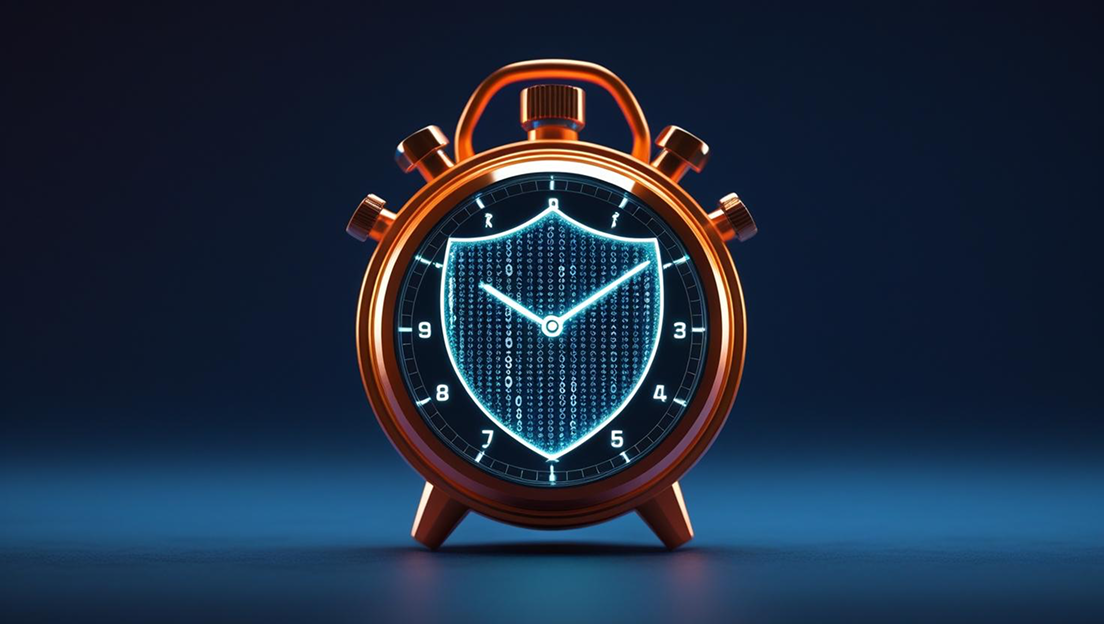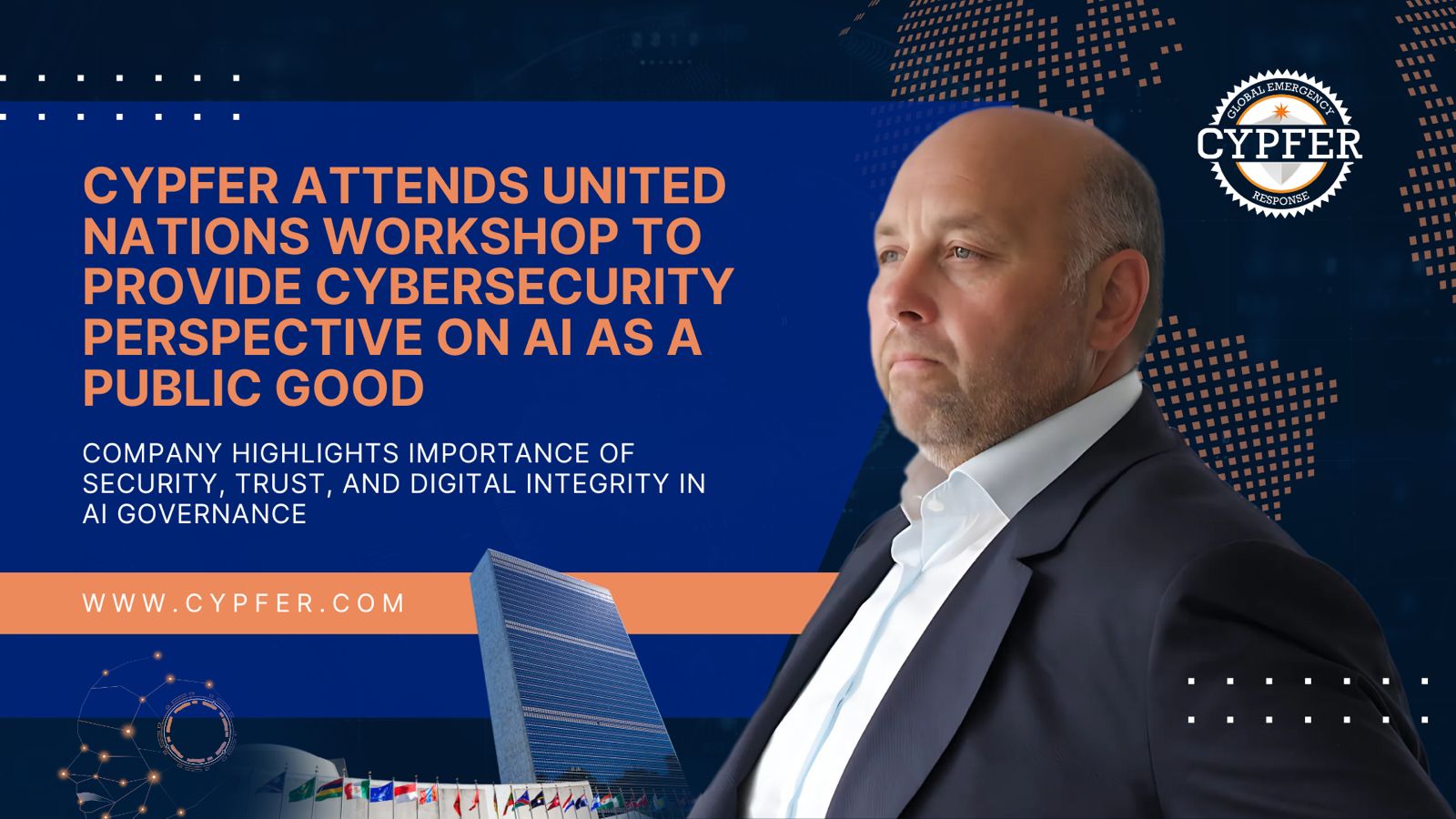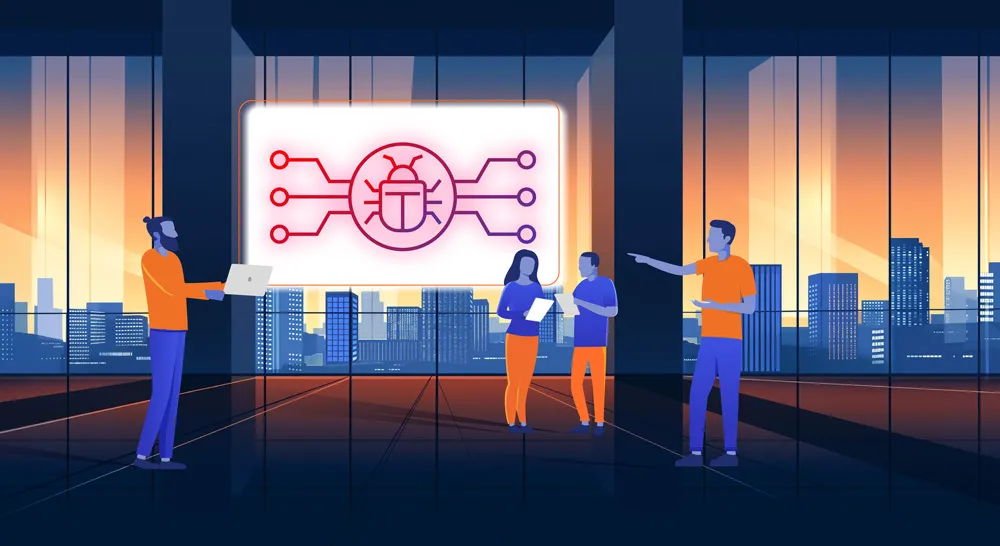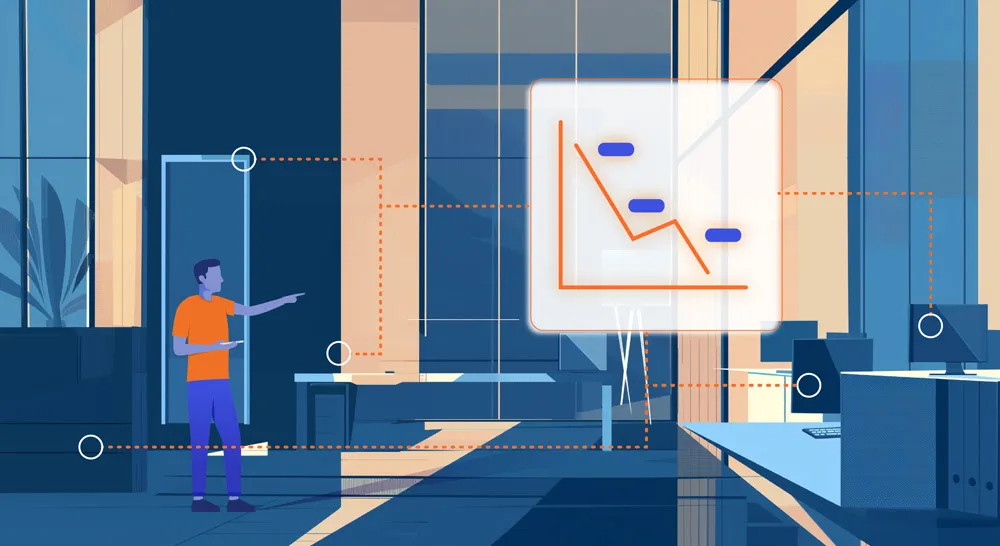
The Unsung Heroes of Cybersecurity: How Ransomware Restoration Can Save Your Business
Understanding the Evolution of Ransomware and the Critical Role of Restoration Firms in Business Recovery
Imagine it’s a regular Monday morning. Your team is bustling, projects are moving forward, and the week looks promising. Suddenly, everything grinds to a halt. Your screens go dark, and a sinister message flashes: “Your files have been encrypted. Pay now to restore access.”
This scenario is all too familiar in today’s digital age, where ransomware attacks are not just a possibility but a looming threat. For businesses, the impact is immediate and devastating—operations freeze, revenue plummets, and reputations teeter on the brink of ruin. But amidst this chaos, there’s a lifeline: ransomware restoration firms like CYPFER.
The Lifeline: Why Ransomware Restoration Matters
Ransomware restoration is more than just a technical fix—it’s a business savior. When a company falls victim to a ransomware attack, the primary goal is to restore operations as swiftly and seamlessly as possible. Here’s why this matters:
1. Immediate Impact on Operations: A ransomware attack can paralyze a business in minutes. Every second counts, and the longer systems are down, the greater the financial loss. Ransomware restoration experts, like those at CYPFER, specialize in rapid response. Our team is ready 24/7, working tirelessly to minimize downtime and get your business back on track.
2. Preserving Your Reputation: In the age of digital transparency, a company’s reputation is its most valuable asset. News of a ransomware attack can spread like wildfire, damaging customer trust and brand loyalty. By partnering with a top-tier restoration firm, you demonstrate a commitment to cybersecurity and swift recovery, which can help mitigate long-term reputational damage.
3. Reducing Business Interruption Costs: Time is money, especially during a cyber crisis. The quicker your systems are restored, the less you lose in revenue. CYPFER’s comprehensive restoration services ensure that critical business functions—like sales, payroll, and product shipments—resume as quickly as possible, minimizing financial impact.
Behind the Scenes: The Restoration Process
So, what happens once a ransomware attack hits? Let’s pull back the curtain on the restoration process.
1. Rapid Response and Assessment: The first step is immediate action. Our team at CYPFER jumps into action, assessing the extent of the breach and determining the fastest route to recovery. This involves working closely with breach counsel and digital forensics experts to ensure a coordinated response.
2. Ejecting the Threat Actors: Before restoration can begin, the threat must be neutralized. This means identifying and removing the ransomware from your systems. Our experts use advanced tools and techniques to ensure that your network is secure and that the attackers are out.
3. Data Restoration and System Recovery: With the threat neutralized, the focus shifts to restoring data and systems. This involves recovering encrypted files, rebuilding affected systems, and ensuring that everything is back to operational status. At CYPFER, we prioritize mission-critical systems to get you back to business fast.
4. Post-Breach Hygiene: Restoration isn’t just about fixing what’s broken; it’s about preventing future attacks. Our post-breach services include enhancing your cybersecurity posture to ensure that your systems are more resilient against future threats.
The Evolution of Ransomware: From Basic Extortion to Complex Cyber Warfare
In the past decade, ransomware has evolved from a relatively simple form of cyber extortion to a sophisticated tool used by organized crime groups and nation-states. This transformation reflects the broader trends in cybercrime and cybersecurity, making it essential for businesses to stay informed and prepared. Let’s delve into the evolution of ransomware and how these changes impact organizations today.
The Early Days: Simple Lockers and Screen Blockers
Ransomware first emerged in the late 1980s with the AIDS Trojan, which encrypted filenames on a victim’s computer and demanded a ransom to restore access. However, it wasn’t until the mid-2000s that ransomware began to gain traction with the rise of “locker” ransomware. These early variants, such as GPcode and WinLock, simply locked the victim’s screen or encrypted files with relatively weak algorithms, demanding a ransom to unlock them.
The Rise of Crypto-Ransomware
The game changed in 2013 with the advent of CryptoLocker, which used strong encryption to render victims’ files inaccessible. CryptoLocker spread through email attachments and infected hundreds of thousands of computers worldwide. This marked the beginning of the “crypto-ransomware” era, characterized by the use of advanced encryption methods and more sophisticated distribution techniques.
Ransomware-as-a-Service (RaaS)
As ransomware became more lucrative, cybercriminals developed Ransomware-as-a-Service (RaaS) platforms. These platforms allowed even those with limited technical skills to launch ransomware attacks by purchasing ready-made ransomware kits from developers. Prominent RaaS examples include Cerber, Satan, and GandCrab. This democratization of ransomware led to an explosion in the number of attacks, as more criminals could get involved with minimal upfront investment.
Double Extortion: The Next Level
By 2019, ransomware groups began employing “double extortion” tactics. In addition to encrypting files, attackers would exfiltrate sensitive data and threaten to publish it if the ransom was not paid. Maze ransomware was one of the pioneers of this approach. This tactic increased the pressure on victims, as the potential damage extended beyond data loss to include regulatory fines, reputational harm, and competitive disadvantages.
Triple Extortion and Beyond
Building on double extortion, some ransomware groups have moved to “triple extortion” methods. In these cases, attackers not only encrypt and steal data but also threaten distributed denial-of-service (DDoS) attacks against the victim’s network if their demands are not met. This multifaceted approach amplifies the disruption and potential damage, making it even more challenging for organizations to respond.
Ransomware as a Smokescreen for Espionage
A particularly concerning development is the use of ransomware as a smokescreen for more insidious activities, such as cyber espionage. The case of Bronze Starlight, also known as DEV-0401, exemplifies this trend. This Chinese-based threat actor uses ransomware to distract incident responders while conducting cyber espionage operations. By the time the ransomware attack is addressed, valuable intellectual property and sensitive information may have already been stolen.
The Role of Nation-States
Nation-states have also entered the ransomware arena, either by directly sponsoring ransomware groups or leveraging ransomware as part of broader geopolitical strategies. North Korea’s Lazarus Group, for example, has used ransomware to generate revenue for the regime. Such involvement raises the stakes, as these actors often possess significant resources and capabilities, making their attacks more difficult to defend against.
The Future of Ransomware
The evolution of ransomware shows no signs of slowing down. Future trends may include the use of artificial intelligence and machine learning to create more sophisticated attacks, the targeting of emerging technologies such as the Internet of Things (IoT), and the development of even more complex extortion schemes.
What This Means for Businesses
Understanding the evolution of ransomware is crucial for businesses to effectively defend against these threats. Here are some key takeaways:
1. Proactive Defense: Invest in robust cybersecurity measures, including regular system updates, employee training, and advanced threat detection technologies. Proactive defense is essential to stay ahead of sophisticated ransomware tactics.
2. Comprehensive Incident Response Plans: Develop and regularly update incident response plans that include protocols for ransomware attacks. Ensure that these plans address not only immediate recovery but also data exfiltration and potential follow-up attacks.
3. Partnerships with Experts: Collaborate with cybersecurity experts, such as CYPFER, who can provide rapid response and comprehensive restoration services. Their expertise and experience can make a significant difference in minimizing the impact of an attack.
4. Continuous Monitoring and Threat Intelligence: Stay informed about emerging threats and ransomware trends through continuous monitoring and threat intelligence. This knowledge allows for timely adjustments to security strategies and defenses.
5. Legal and Regulatory Preparedness: Ensure that your organization is prepared to handle the legal and regulatory implications of a ransomware attack, particularly in cases involving data breaches. Compliance with relevant laws and regulations can mitigate potential fines and legal actions.
Real-World Impacts: Success Stories
Let’s look at a real-world scenario. A medium-sized manufacturing company fell victim to a ransomware attack that encrypted all their production data. Their operations were at a standstill, and the clock was ticking. Within hours of contacting CYPFER, our team was on the case. We worked around the clock, and within 48 hours, the company was back up and running, having restored 95% of their data. The financial loss was minimized, and their reputation remained intact.
The Bottom Line: Stay Vigilant, Stay Prepared
Ransomware is a dynamic and evolving threat that requires constant vigilance and preparedness. By understanding its evolution and partnering with experts like CYPFER, businesses can enhance their resilience and safeguard their operations, reputation, and bottom line.
Cyber Certainty™ with CYPFER – Your Trusted Partner in Cybersecurity Awareness and Restoration
For more information, visit CYPFER.com or inquire with us through our contact form.
Your Complete Cyber Security Partner:
Every Step, Every Threat.
At CYPFER, we don’t just protect your business—we become part of it.
As an extension of your team, our sole focus is on cyber security, ensuring your peace of mind. From incident response and ransomware recovery to digital forensics and cyber risk, we integrate seamlessly with your operations. We’re with you 24×7, ready to tackle threats head-on and prevent future ones.
Choose CYPFER, and experience unmatched dedication and expertise. Trust us to keep your business secure and resilient at every turn.

Get Cyber Certainty™ Today
We’re here to keep the heartbeat of your business running, safe from the threat of cyber attacks. Wherever and whatever your circumstances.
Contact CYPFER





